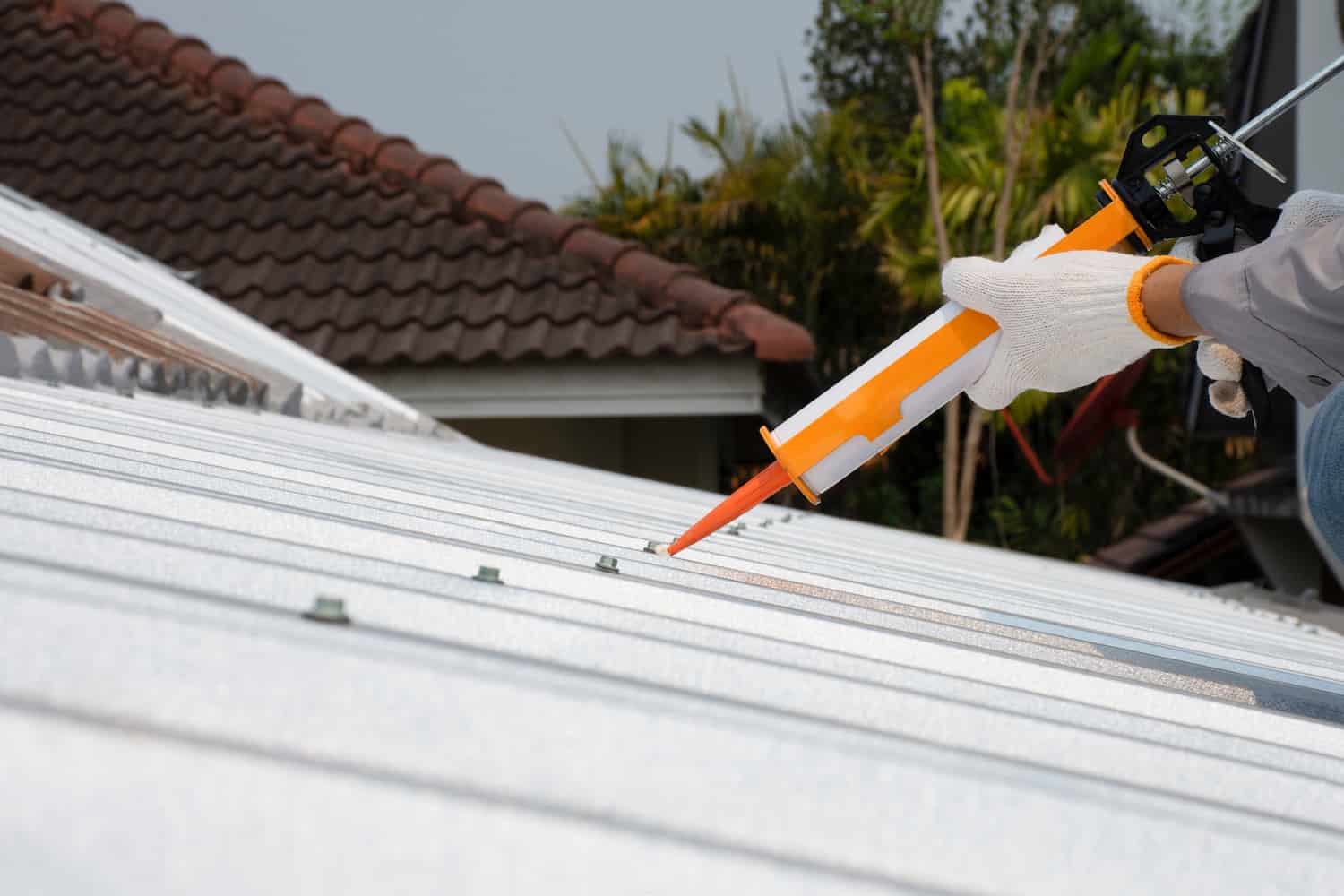

Articles
How To Seal Metal Roof
Modified: October 25, 2024
Learn how to seal your metal roof with these informative articles. Protect your home and extend the lifespan of your roof with these expert tips and techniques.
(Many of the links in this article redirect to a specific reviewed product. Your purchase of these products through affiliate links helps to generate commission for Storables.com, at no extra cost. Learn more)
Introduction
A metal roof is a durable and long-lasting roofing option that is becoming increasingly popular among homeowners and commercial property owners. However, like any roofing material, metal roofs are prone to wear and tear over time. One common issue that can arise is leaks, which can cause damage to the interior of the building and compromise the structural integrity of the roof.
Sealing a metal roof is a crucial step in preventing leaks and protecting your investment. By properly sealing your metal roof, you can extend its lifespan and maintain its functionality. In this article, we will discuss the importance of sealing a metal roof, the types of metal roof sealants available, and provide a step-by-step guide to help you seal your metal roof effectively.
So, let’s dive in and explore everything you need to know about sealing a metal roof!
Key Takeaways:
- Properly sealing a metal roof is essential for preventing water leakage, enhancing durability, improving energy efficiency, and adding aesthetic value to your property. Regular maintenance and choosing the right sealant are crucial for long-term protection.
- When sealing a metal roof, thorough preparation, careful application, and proactive maintenance are key to ensuring optimal performance and longevity. Addressing potential issues such as leaks, corrosion, and loose seams promptly will help maintain the integrity of your sealed metal roof.
Read more: How To Seal A Shed Roof
Importance of Sealing a Metal Roof
Sealing a metal roof is vital for several reasons. Firstly, it helps to prevent water leakage. Metal roofs are designed to be water-resistant, but over time, factors such as weathering, expansion, and contraction can cause gaps or cracks to form. These openings can allow water to penetrate the roof and lead to leaks, which can result in extensive damage to the structure of the building and the belongings inside.
By sealing the metal roof, you create a watertight barrier that prevents water from infiltrating through any vulnerabilities. This helps to maintain the integrity of the roof and ensures that your property remains dry and free from water damage.
Secondly, sealing a metal roof enhances its durability. Metal roofs are typically designed to withstand harsh weather conditions, such as heavy rains, high winds, and even hail. However, exposure to these elements over time can cause the metal roof to corrode or deteriorate. By applying a sealant, you create a protective layer that acts as a shield against the elements, preventing rust, corrosion, and other forms of degradation.
Furthermore, sealing a metal roof contributes to energy efficiency. Metal roofs have excellent thermal properties, reflecting sunlight instead of absorbing it like asphalt shingles or other roofing materials. However, if the roof is not adequately sealed, there may be gaps or air leaks that can compromise its insulating abilities. By sealing the metal roof, you can improve energy efficiency by preventing heat loss or gain and lowering your energy bills.
Lastly, sealing a metal roof adds aesthetic value. A well-maintained and properly sealed metal roof enhances the overall appearance of a building. Sealants are available in various colors and finishes, allowing you to choose a product that matches or enhances the existing aesthetics of your property. This can greatly improve the curb appeal and value of your home or commercial building.
Overall, the importance of sealing a metal roof cannot be overstated. It protects against water damage, increases durability, improves energy efficiency, and enhances the overall beauty of the structure. Regularly inspecting and sealing your metal roof will help preserve its longevity, maintain its functionality, and provide peace of mind knowing that your property is well-protected.
Types of Metal Roof Sealants
When it comes to sealing a metal roof, there are several types of sealants available, each with its unique qualities and applications. Here are some commonly used sealants for metal roofs:
- Silicone Sealants: Silicone sealants are known for their excellent water resistance and durability. They can withstand extreme temperature fluctuations and offer long-lasting protection against leaks. Silicone sealants are ideal for areas that experience high levels of moisture or where there is a need for flexibility due to the roof’s movement.
- Polyurethane Sealants: Polyurethane sealants are popular due to their exceptional adhesion and flexibility. They are resistant to UV rays, chemicals, and weathering, making them suitable for both residential and commercial metal roofs. Polyurethane sealants form a tight bond with the metal surface, offering excellent protection against leaks.
- Butyl Rubber Sealants: Butyl rubber sealants are highly elastic and provide excellent water resistance. They are commonly used for sealing metal roof seams and joints. Butyl rubber sealants are easy to apply and adhere well to metal surfaces, creating a durable and watertight seal.
- Acrylic Sealants: Acrylic sealants offer good durability and UV resistance. They are usually water-based and provide excellent adhesion to various materials, including metal. Acrylic sealants are ideal for sealing small cracks, gaps, and seams on metal roofs.
- Bitumen Sealants: Bitumen sealants, also known as asphalt sealants, are commonly used for flat or low-slope metal roofs. They provide excellent waterproofing properties and have good adhesion to metal surfaces. Bitumen sealants are best applied in warm weather conditions to ensure proper curing.
When choosing a sealant for your metal roof, consider factors such as your budget, climate conditions, level of flexibility required, and the specific needs of your roof. It is recommended to consult with a roofing professional to determine the most suitable sealant for your metal roof.
Remember, regardless of the type of sealant you choose, it is essential to read and follow the manufacturer’s instructions for proper application and curing times to ensure optimal performance and longevity of the sealant.
Step-by-Step Guide to Sealing a Metal Roof
Sealing a metal roof may seem like a daunting task, but with the right tools, materials, and a systematic approach, it can be a straightforward process. Here is a step-by-step guide to help you seal your metal roof effectively:
- Clean the roof: Start by thoroughly cleaning the metal roof using a broom or a pressure washer to remove any dirt, debris, or loose particles. Make sure that the surface is clean and dry before proceeding to the next step.
- Inspect for damage: Carefully inspect the metal roof for any signs of damage, such as rust, corrosion, or loose seams. Replace or repair any damaged areas before applying the sealant.
- Prepare the sealant: Follow the manufacturer’s instructions to prepare the chosen sealant. This may involve mixing or shaking the sealant to ensure proper consistency and effectiveness.
- Apply the sealant: Using a brush, roller, or caulking gun, apply the sealant to the areas that require sealing. Pay close attention to seams, joints, and any areas where water may potentially penetrate the roof. Ensure that the sealant is evenly spread and covers the necessary areas.
- Smooth out the sealant: Use a putty knife or trowel to smooth out the applied sealant, ensuring that there are no gaps or air bubbles. This will create a seamless and watertight seal.
- Allow for curing: Let the sealant cure according to the manufacturer’s instructions. This typically involves allowing the sealant to dry for a designated period of time to ensure optimal adhesion and effectiveness.
- Inspect the roof: Once the sealant has cured, inspect the roof to ensure that the areas have been properly sealed. Look for any missed spots or areas that may require further attention.
- Maintain the sealed roof: Regularly inspect and maintain the sealed metal roof to keep it in optimal condition. Check for any potential issues or signs of damage and address them promptly to prevent further problems.
It is worth noting that the specific steps and recommendations may vary depending on the type of sealant you choose and the condition of your metal roof. It is always advisable to consult the manufacturer’s instructions and seek professional assistance if needed.
By following this step-by-step guide, you can effectively seal your metal roof and ensure its longevity, durability, and protection against the elements.
Preparing the Metal Roof for Sealing
Properly preparing the metal roof before applying the sealant is crucial for ensuring a successful sealing process. Here are some important steps to follow when preparing your metal roof for sealing:
- Clean the roof: Start by thoroughly cleaning the metal roof surface to remove any dirt, debris, or loose particles. Use a broom or a pressure washer to wash away any accumulated dirt, leaves, or other contaminants. This will create a clean and smooth surface for the sealant to adhere to.
- Repair any damage: Carefully inspect the metal roof for any signs of damage, such as rust spots, corrosion, or loose seams. Replace or repair any damaged areas before applying the sealant. This will prevent further deterioration and ensure a solid foundation for the sealant to adhere to.
- Remove old sealant: If there are any existing sealant or caulk on the metal roof, it is essential to remove it before applying a new sealant. Use a scraper or a wire brush to carefully scrape off the old sealant, ensuring that the surface is clean and free from any residue.
- Smooth out rough surfaces: If there are any rough or uneven areas on the metal roof, it is advisable to sand them down or use a wire brush to smooth them out. This will help create a uniform surface for the sealant and improve its adhesion.
- Check for proper slope and drainage: Ensure that the metal roof has the correct slope and proper drainage system in place. This will help prevent water from pooling or accumulating on the roof, reducing the risk of leaks and water damage.
- Apply primer if necessary: Depending on the type of sealant and the condition of the metal roof, it may be necessary to apply a primer before applying the sealant. The primer helps to improve adhesion and promote a stronger bond between the sealant and the metal surface.
It is crucial to thoroughly complete the preparation process to ensure the effectiveness and longevity of the sealant. Taking the time to clean, repair, and properly prepare the metal roof will contribute to a successful sealing process and provide optimal protection against leaks and other potential issues.
Remember to refer to the manufacturer’s instructions for any specific recommendations regarding the preparation process, as different sealant products may have different requirements. If you are unsure or have any concerns, it is always advisable to consult with a roofing professional for guidance and assistance.
Apply a high-quality metal roof sealant using a paint roller or sprayer for even coverage. Make sure to clean and dry the roof surface before application for best results.
Read more: How To Walk On A Metal Roof
Choosing the Right Sealant
When it comes to sealing a metal roof, choosing the right sealant is essential for achieving optimal results and long-lasting protection. Here are some factors to consider when selecting the right sealant for your metal roof:
- Type of metal roof: Consider the type of metal roof you have, as different sealants may work better with certain types of metal roofs. Common types include steel, aluminum, copper, or zinc. Each metal has its unique properties and may require a specific sealant formulation for optimal adhesion and durability.
- Weather resistance: Evaluate the sealant’s ability to withstand various weather conditions in your area. Look for sealants that offer resistance to UV rays, extreme temperatures, and heavy rainfall. A durable sealant will provide long-lasting protection against the elements, preventing leaks and reducing the risk of corrosion.
- Flexibility: Metal roofs can expand and contract due to temperature changes. Choose a sealant that has sufficient flexibility to accommodate this movement without cracking or losing its adhesive properties. Flexibility will ensure that the sealant maintains its integrity and effectiveness over time, even with the roof’s natural movements.
- Water resistance: The primary purpose of sealing a metal roof is to prevent water penetration and leaks. Look for a sealant with excellent water resistance properties. It should create a watertight barrier that can withstand heavy rain, snow, and other moisture-related challenges.
- Adhesion: Consider the sealant’s adhesion properties, as it needs to bond effectively with the metal roof surface. Look for a sealant that offers strong adhesion to ensure long-lasting performance. Some sealants may require a primer for improved adhesion, so be sure to check the manufacturer’s recommendations.
- Compatibility: Ensure that the sealant is compatible with the specific metal material of your roof. Some sealants may react with certain metals, causing damage or discoloration. It is crucial to choose a sealant that is specifically designed for use with your type of metal roof.
- Application method: Consider the ease of application of the sealant. Some sealants come in ready-to-use forms, while others may require mixing or additional preparation. Choose a sealant that suits your level of expertise and the tools you have available.
- Budget: Finally, consider your budget when selecting a sealant. There are various options available at different price points. While it’s important not to compromise on quality, you can find a sealant that offers a balance between cost-effectiveness and performance.
It is recommended to consult with a roofing professional or manufacturer’s guidelines to determine the most suitable sealant for your specific metal roof. They can provide expert advice based on your roof’s condition, local climate, and other relevant factors.
By carefully considering these factors and choosing the right sealant, you can ensure a successful sealing process and provide long-lasting protection for your metal roof.
Applying the Sealant
Applying the sealant to your metal roof is a critical step in the sealing process. Following the proper application techniques will ensure that the sealant adheres properly and provides effective protection. Here is a guideline to help you apply the sealant correctly:
- Prepare the area: Before applying the sealant, ensure that the metal roof is clean and dry. Remove any dirt, debris, or loose particles from the surface using a broom or a pressure washer. This will create a clean and smooth base for the sealant to adhere to.
- Choose the right weather conditions: Check the weather forecast and choose a day with favorable conditions for the sealant application. Avoid applying the sealant during rainy or extremely hot and cold weather, as it may affect the adhesion and curing process.
- Use appropriate tools: Depending on the type of sealant and the area being sealed, select the appropriate tools for the application. Common tools include a brush, roller, or caulking gun. Ensure that the tools are clean and in good condition to achieve a smooth and even application.
- Apply sealant to the required areas: Start by applying the sealant to the areas that specifically require sealing, such as seams, joints, and any potential entry points for water. Use the selected tool to spread the sealant evenly, making sure to cover the necessary areas. Work in small sections to ensure thorough coverage.
- Smooth out the sealant: After applying the sealant, use a putty knife or a trowel to smooth out and flatten the sealant. This step helps to create a uniform and watertight seal. Make sure there are no gaps or air pockets in the sealant, as this can compromise its effectiveness.
- Follow the manufacturer’s guidelines: Pay close attention to the manufacturer’s instructions regarding the drying and curing time of the sealant. Allow sufficient time for the sealant to dry before exposing the roof to any moisture or weather conditions. This will ensure that the sealant properly sets and provides the desired level of protection.
- Clean up: Immediately clean any excess sealant from tools and surrounding areas using a solvent or as recommended by the manufacturer. Properly dispose of any waste materials according to local regulations.
It’s important to note that the specific application process may vary depending on the type of sealant you are using and the manufacturer’s instructions. Always refer to the product’s guidelines for the most accurate and detailed application instructions.
By following these steps and applying the sealant carefully and accurately, you can ensure that your metal roof is properly protected, keeping it watertight and extending its lifespan.
Maintaining a Sealed Metal Roof
Maintaining a sealed metal roof is essential to ensure its longevity and effectiveness in protecting your property. Proper maintenance practices can help prevent issues such as leaks, corrosion, and other forms of damage. Here are some tips for maintaining a sealed metal roof:
- Regular Inspections: Conduct regular inspections of your metal roof to identify any signs of damage or potential issues. Check for loose seams, cracks, or areas where the sealant may have deteriorated. Addressing these issues early can prevent more significant problems in the future.
- Clear Debris: Regularly remove leaves, branches, and other debris from your roof. Debris can accumulate and trap moisture, leading to potential water damage and the growth of algae or moss. Use a broom or blower to clear the roof, taking care not to damage the sealant.
- Trim Overhanging Branches: Trim any tree branches that hang over your metal roof. Falling branches or rubbing against the roof can cause damage to the sealant or even puncture the metal surface. Keeping trees trimmed away from the roof will help prevent such issues.
- Clean Gutters and Downspouts: Regularly clean and unclog your gutters and downspouts to ensure proper water drainage. Clogged gutters can cause water to back up and overflow onto the metal roof, potentially compromising the sealant and leading to leaks.
- Address Rust or Corrosion: If you notice any signs of rust or corrosion on your metal roof, address them promptly. Use a wire brush to remove the rust and treat the area with a rust-inhibiting primer. Apply a matching paint or coating to protect the metal surface and prevent further rusting.
- Monitor for Leaks: Keep an eye out for any signs of leaks inside your property, such as water stains or damp areas on ceilings or walls. If you notice any leaks, it’s crucial to identify the source and address it promptly. Contact a roofing professional if you need assistance in locating and fixing the leak.
- Reapply Sealant as Needed: Over time, the sealant on your metal roof may deteriorate or wear off. As part of regular maintenance, consider reapplying the sealant in areas where necessary, such as seams or joints. This will ensure ongoing protection against water penetration.
- Professional Maintenance: Consider scheduling regular professional inspections and maintenance for your metal roof. An experienced roofing professional can identify and address any potential issues, provide thorough cleaning, and perform necessary repairs or resealing as needed.
By following these maintenance tips, you can extend the lifespan and performance of your sealed metal roof. Regular attention and care will help keep your roof in optimal condition, providing you with long-lasting protection and peace of mind.
Potential Issues and Troubleshooting
While a properly sealed metal roof can offer excellent protection, there are potential issues that may arise over time. It’s important to be aware of these issues and know how to troubleshoot them to maintain the integrity of your roof. Here are some common issues you may encounter with a sealed metal roof:
- Leaks: Leaks can occur if the sealant becomes damaged or deteriorates over time. If you notice water entering your property, first check the sealant for any visible cracks or gaps. Apply a new layer of sealant to the affected area to repair the leak. If the leak persists or is extensive, it’s advisable to seek professional assistance.
- Corrosion: Metal roofs are susceptible to corrosion, especially in areas with high humidity or exposure to saltwater. If you notice signs of corrosion, remove the affected area using a wire brush and apply a rust-inhibiting primer. Apply a matching paint or coating to protect the metal from further corrosion.
- Loose Seams: Over time, the seams on a metal roof may become loose due to expansion and contraction. If you notice loose seams, apply a new layer of sealant to reinforce the area. Use a putty knife or trowel to press the sealant into the seam, ensuring a strong bond.
- Cracked or Damaged Sealant: Severe weather conditions or general wear and tear can cause the sealant to crack or become damaged. Inspect the roof for any cracked or damaged sealant areas. Remove the old sealant and apply a new layer to restore the seal’s effectiveness.
- Improper Drainage: Inadequate drainage can lead to water pooling on the roof, causing potential leaks over time. Ensure that the gutters are clear and functioning properly. Adjust the slope of the roof if necessary to ensure proper water runoff.
- Aesthetic Issues: Over time, the color or appearance of the sealant may fade, affecting the overall aesthetics of the roof. If desired, consider applying a fresh coat of paint or selecting a sealant with a color or finish that enhances the visual appeal of your property.
It’s important to address these potential issues promptly to prevent further damage and maintain the integrity of your sealed metal roof. Regular inspections, proactive maintenance, and timely repairs are crucial for troubleshooting and resolving any problems that may arise.
If you’re unsure how to troubleshoot or address a specific issue with your metal roof, it’s recommended to consult a professional roofer. They have the expertise to assess the situation, provide appropriate solutions, and ensure the long-term performance and durability of your metal roof.
Read more: How To Repair Metal Roof
Conclusion
Sealing a metal roof is a crucial step in protecting your property from leaks and potential damage. By properly sealing your metal roof, you can enhance its durability, maintain its functionality, and prolong its lifespan. It is important to choose the right sealant for your specific type of metal roof, considering factors such as weather resistance, flexibility, and adhesion properties.
Following a step-by-step process will ensure a successful sealing application, starting with the preparation of the metal roof by cleaning and repairing any damage. Then, applying the sealant using the appropriate tools and techniques will create a watertight barrier to prevent water penetration. Regular maintenance, including inspections, debris removal, and addressing any issues promptly, will help maintain the effectiveness of the sealant over time.
While potential issues such as leaks, corrosion, and loose seams may arise, understanding how to troubleshoot and address these problems will help maintain the integrity of your sealed metal roof. Regular inspections, timely repairs, and professional assistance when needed will ensure that your metal roof continues to provide optimal protection and longevity.
Remember, sealing a metal roof is not a one-time job but a process that requires ongoing maintenance to ensure optimal performance. By taking the time to properly seal and maintain your metal roof, you can safeguard your property, enhance its curb appeal, and enjoy the peace of mind that comes with a well-protected investment.
So, whether you are a homeowner or a commercial property owner, make sure to prioritize the sealing and maintenance of your metal roof to reap the benefits of a durable, weather-resistant, and long-lasting roofing solution.
Frequently Asked Questions about How To Seal Metal Roof
Was this page helpful?
At Storables.com, we guarantee accurate and reliable information. Our content, validated by Expert Board Contributors, is crafted following stringent Editorial Policies. We're committed to providing you with well-researched, expert-backed insights for all your informational needs.
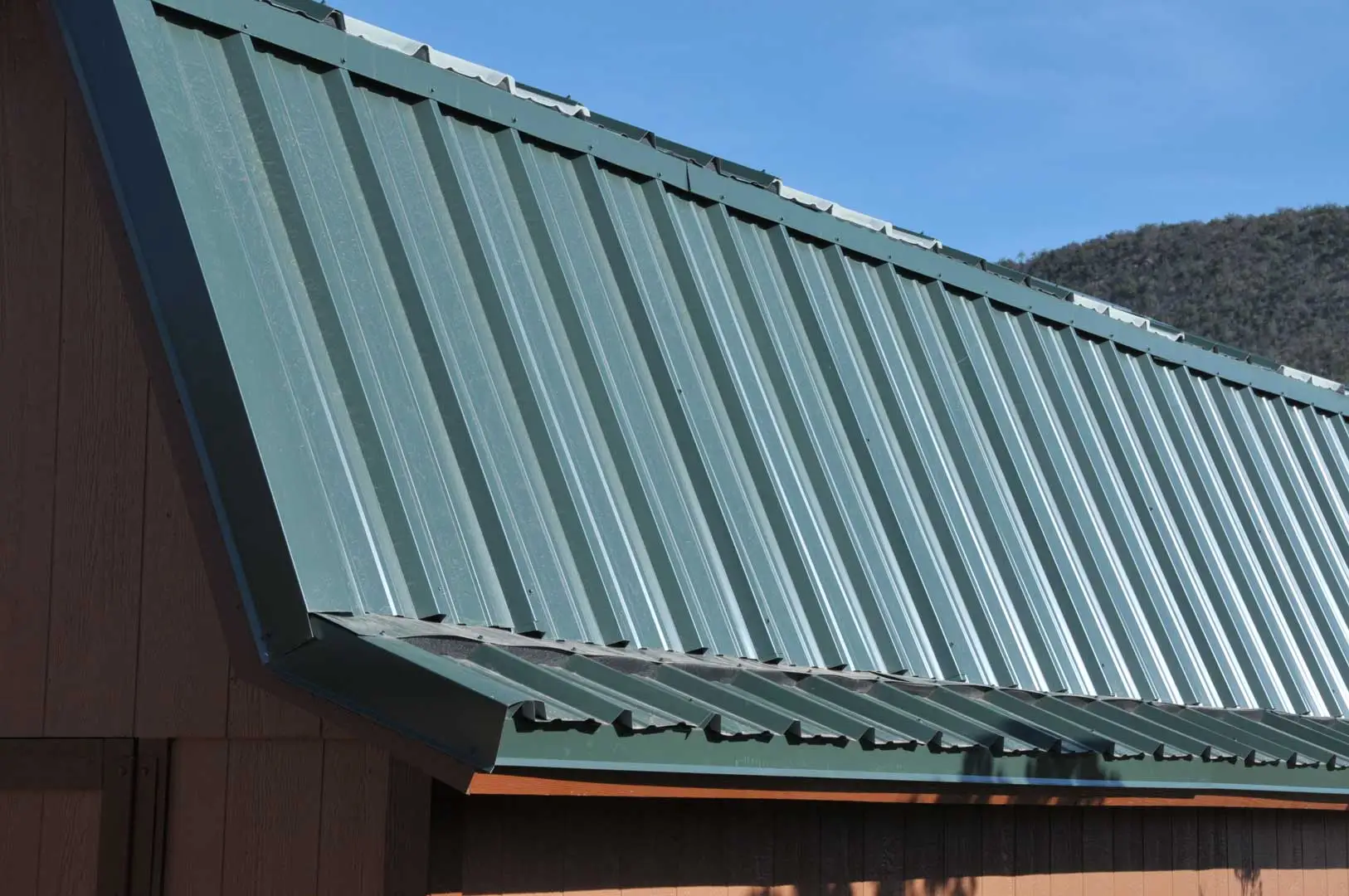
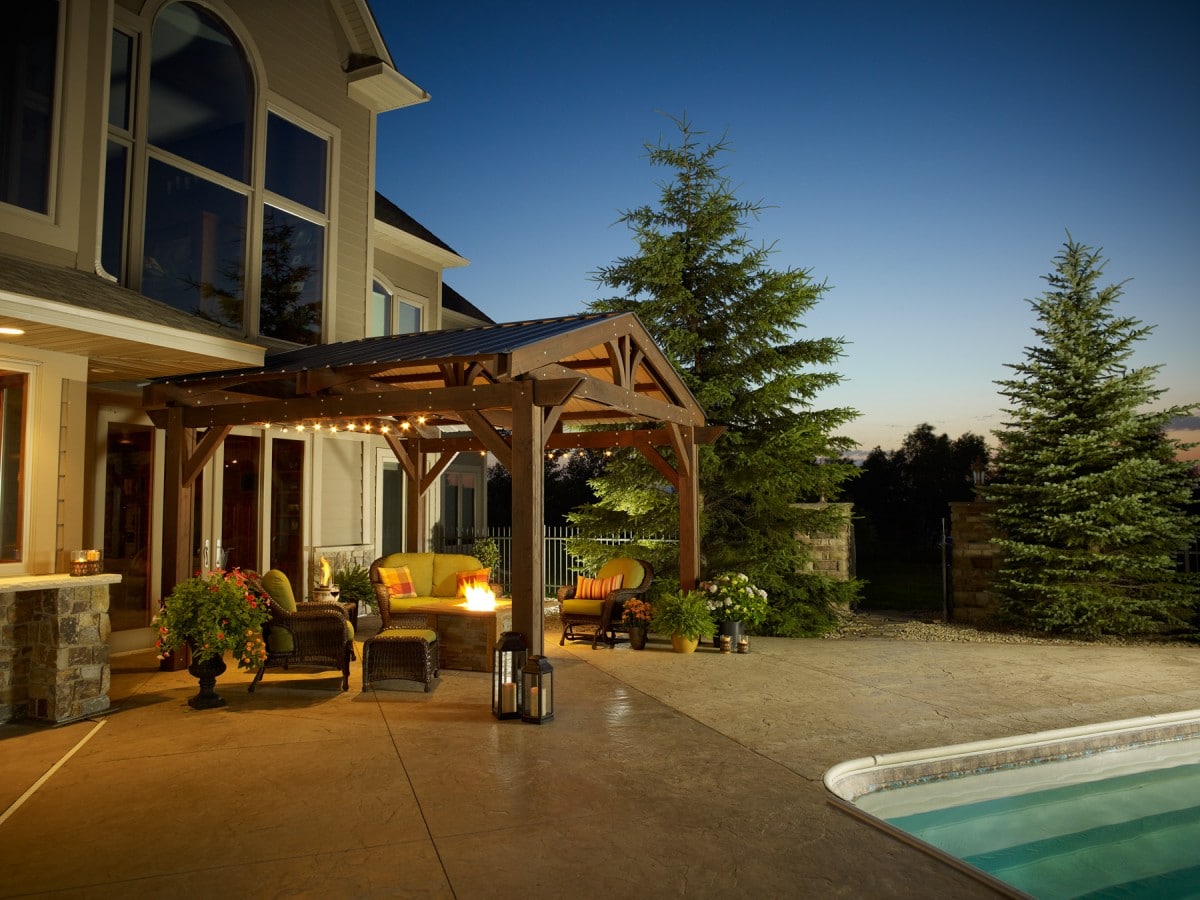
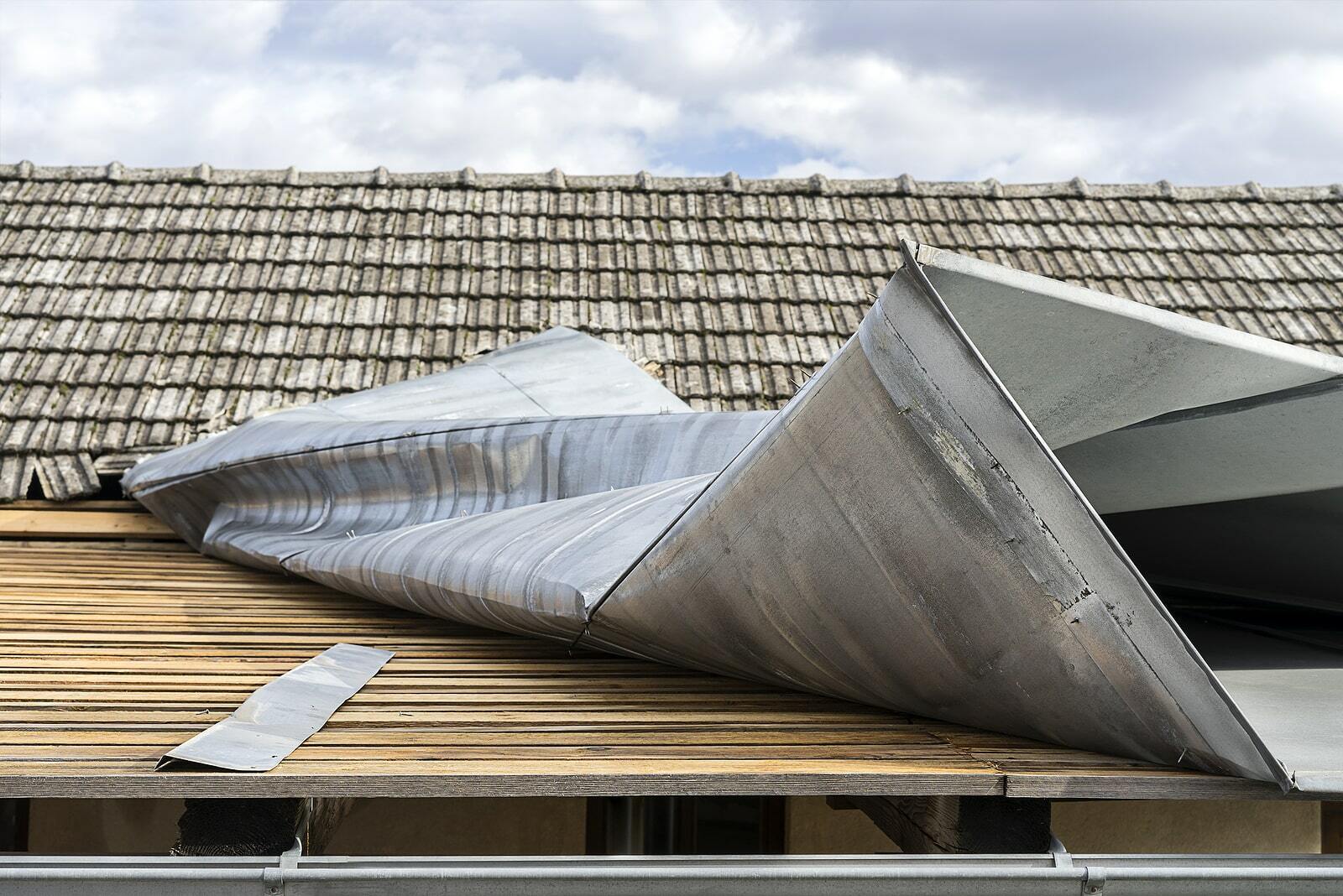
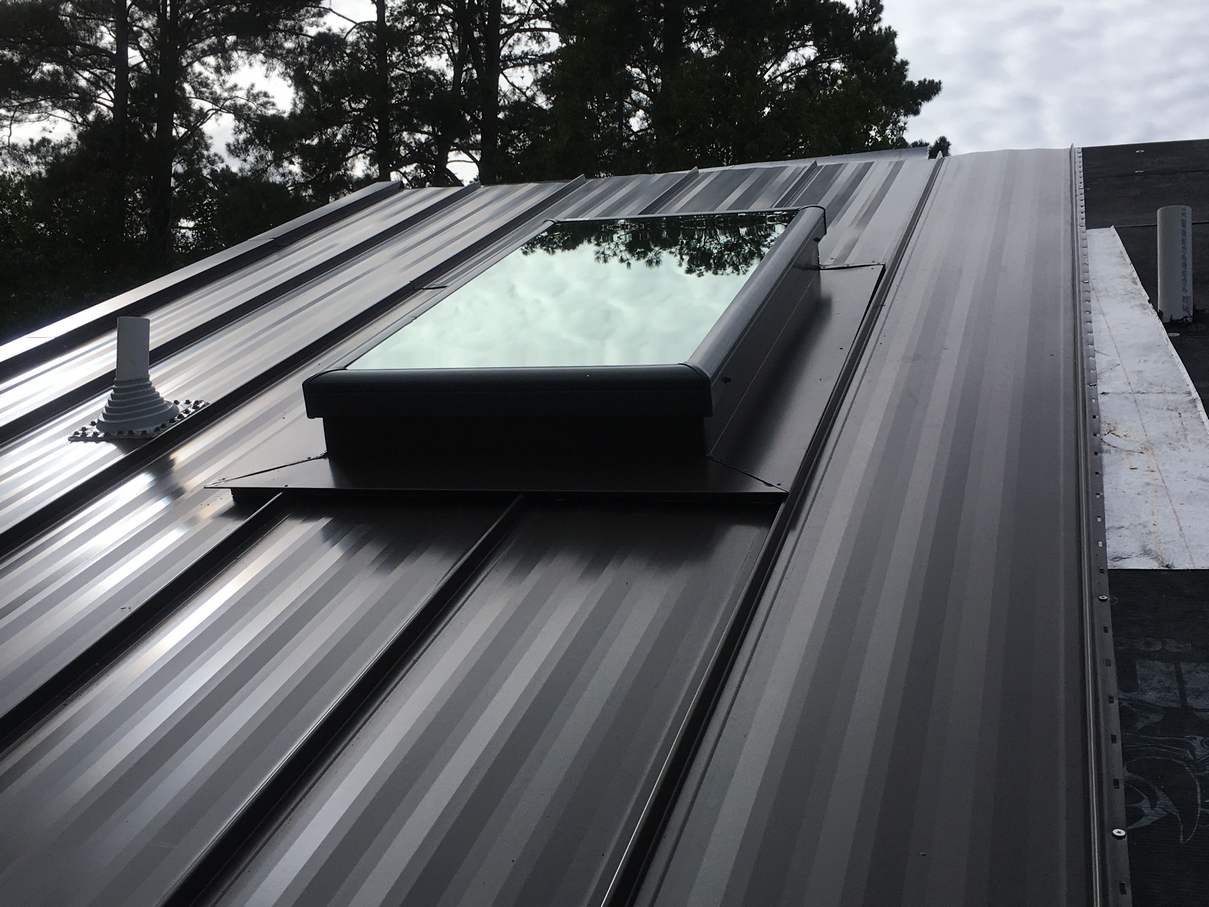
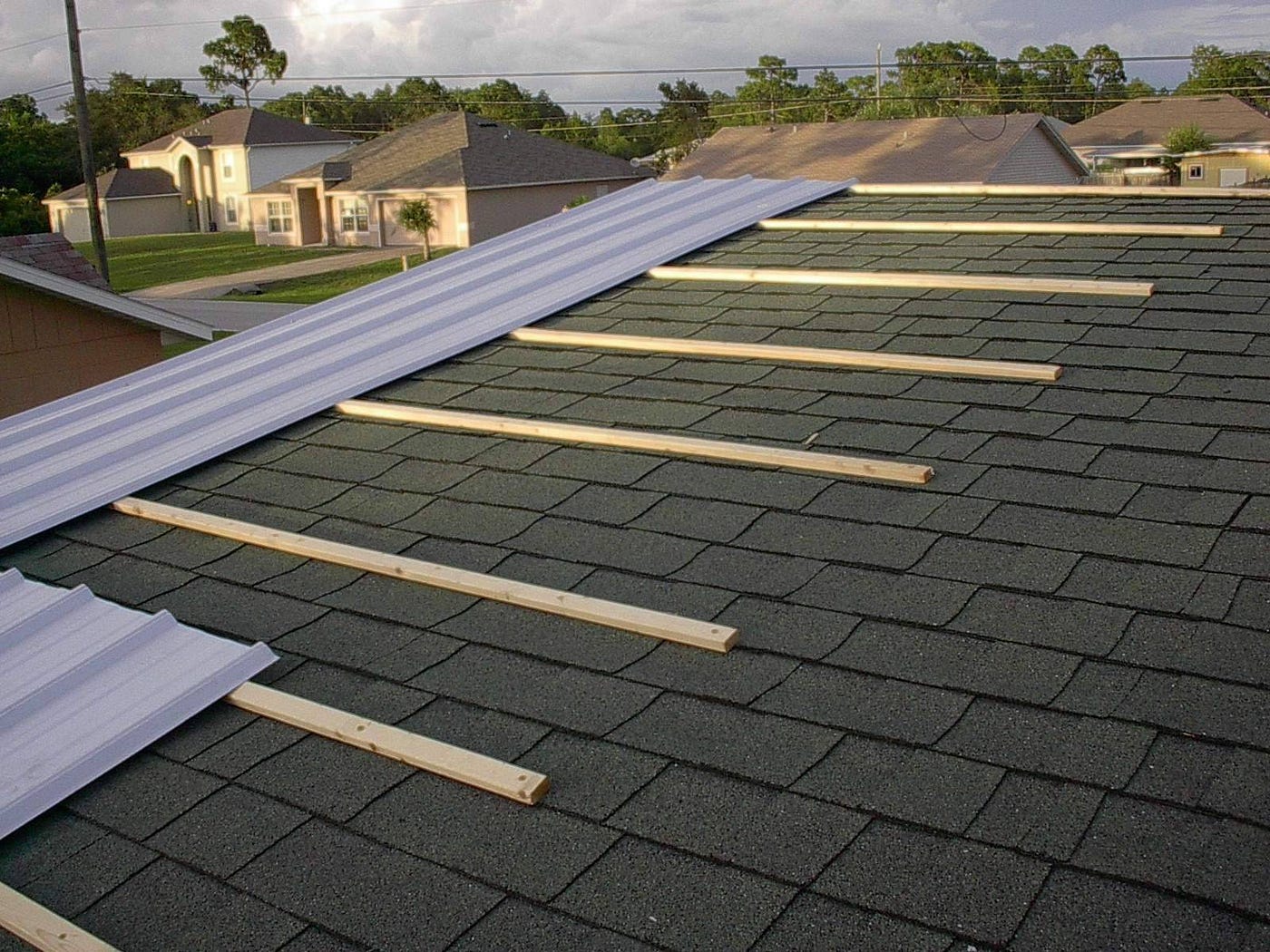
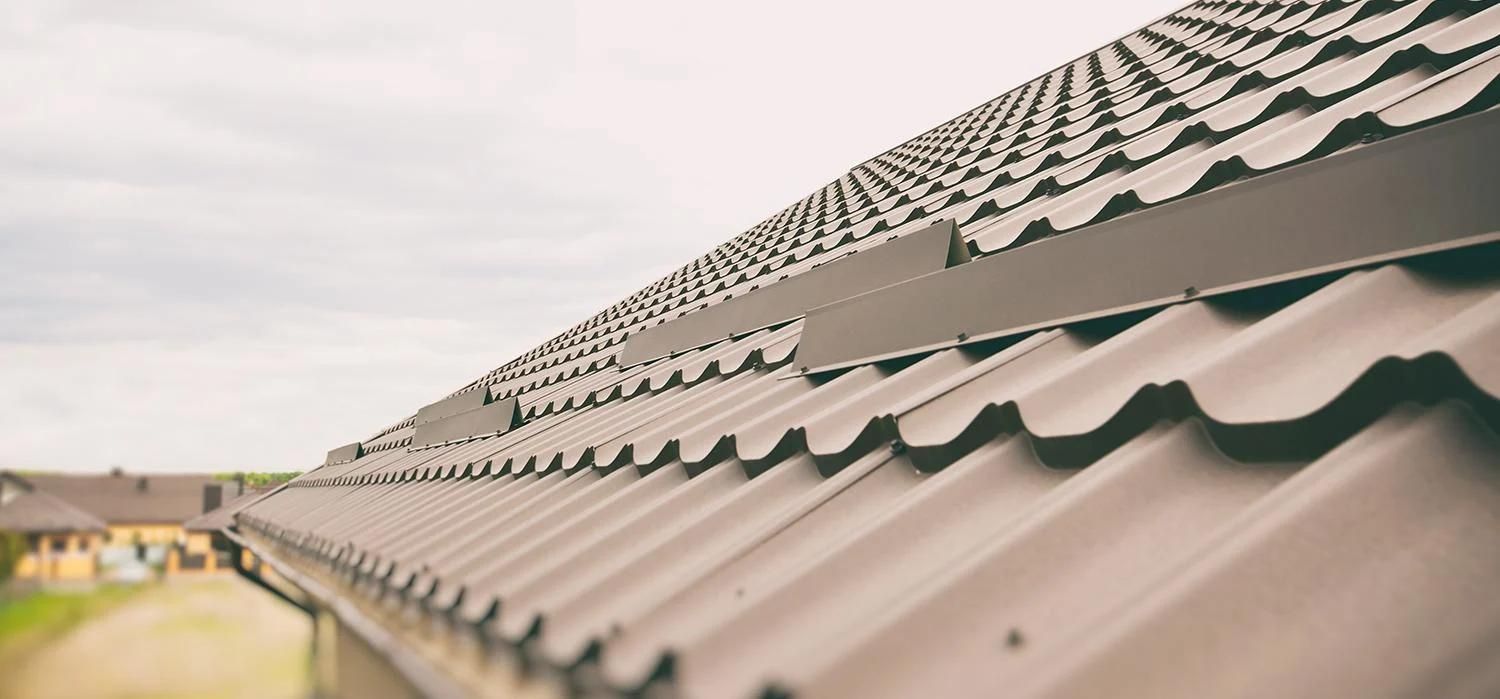
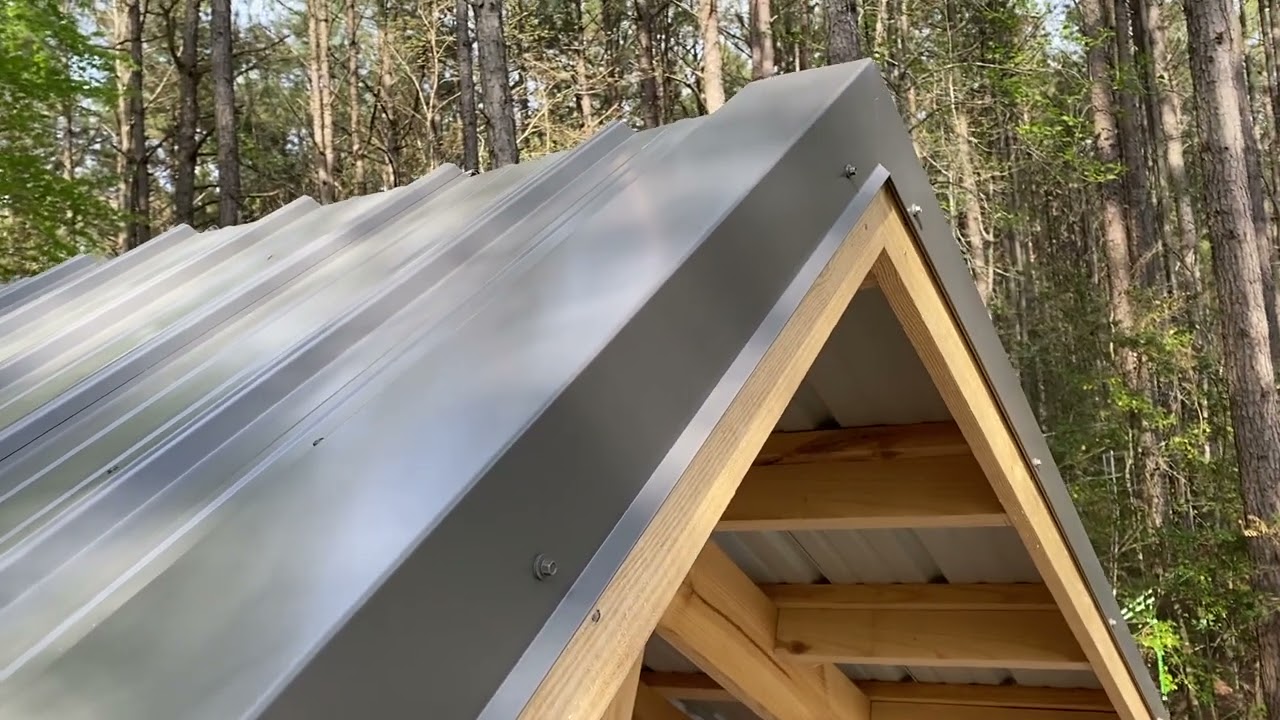
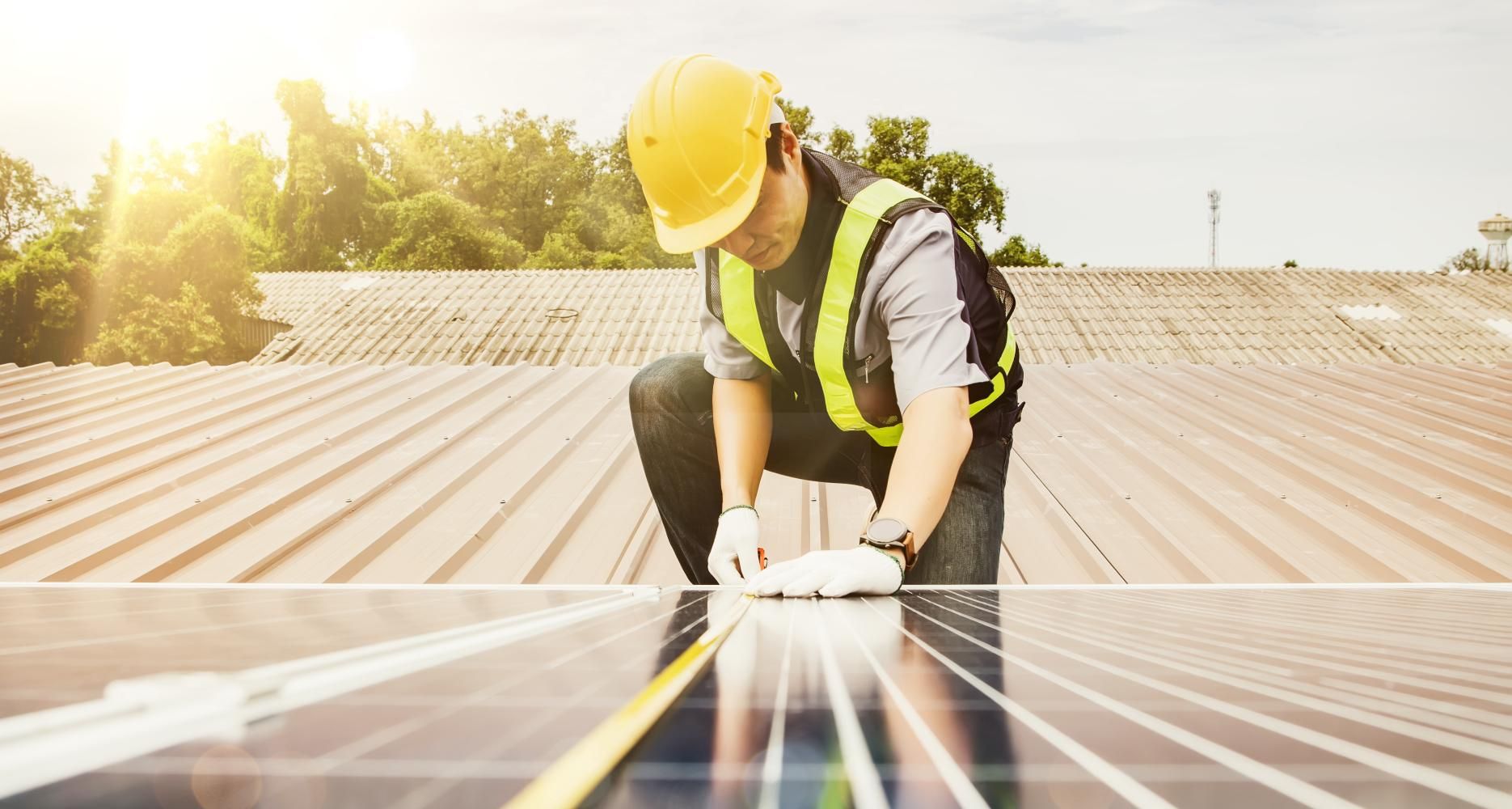
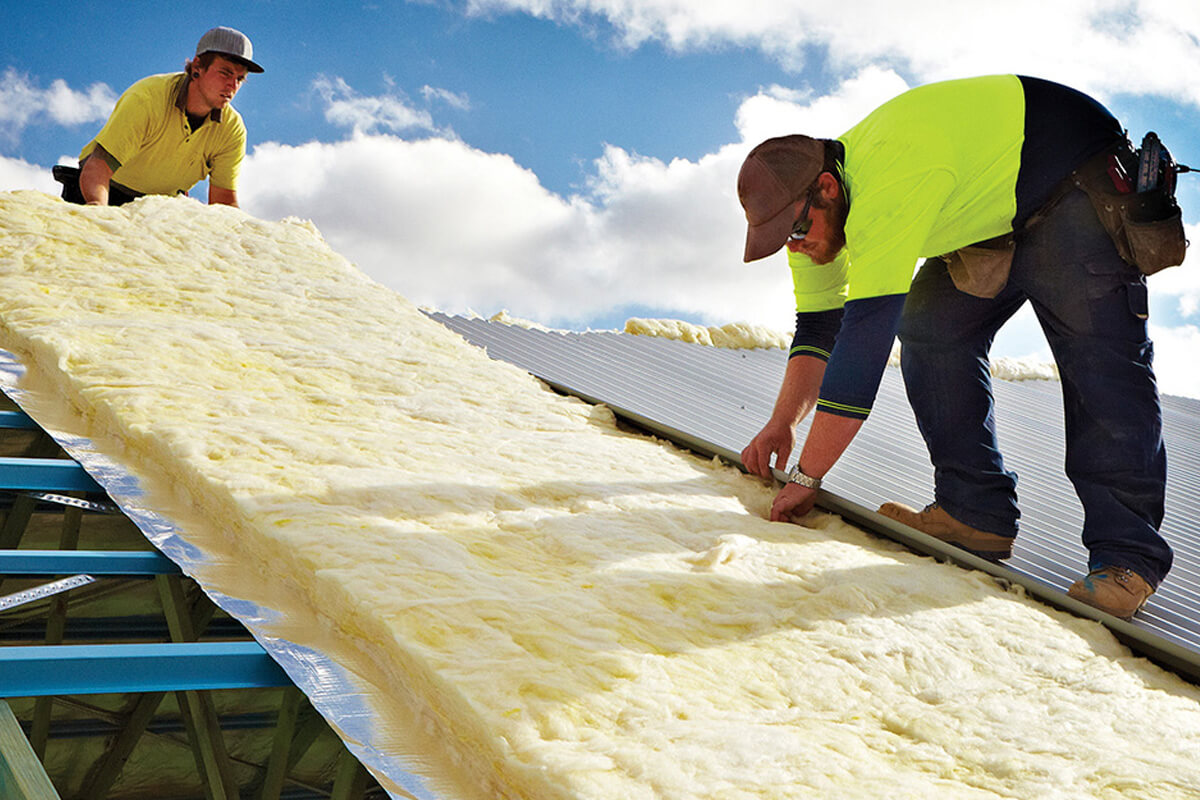
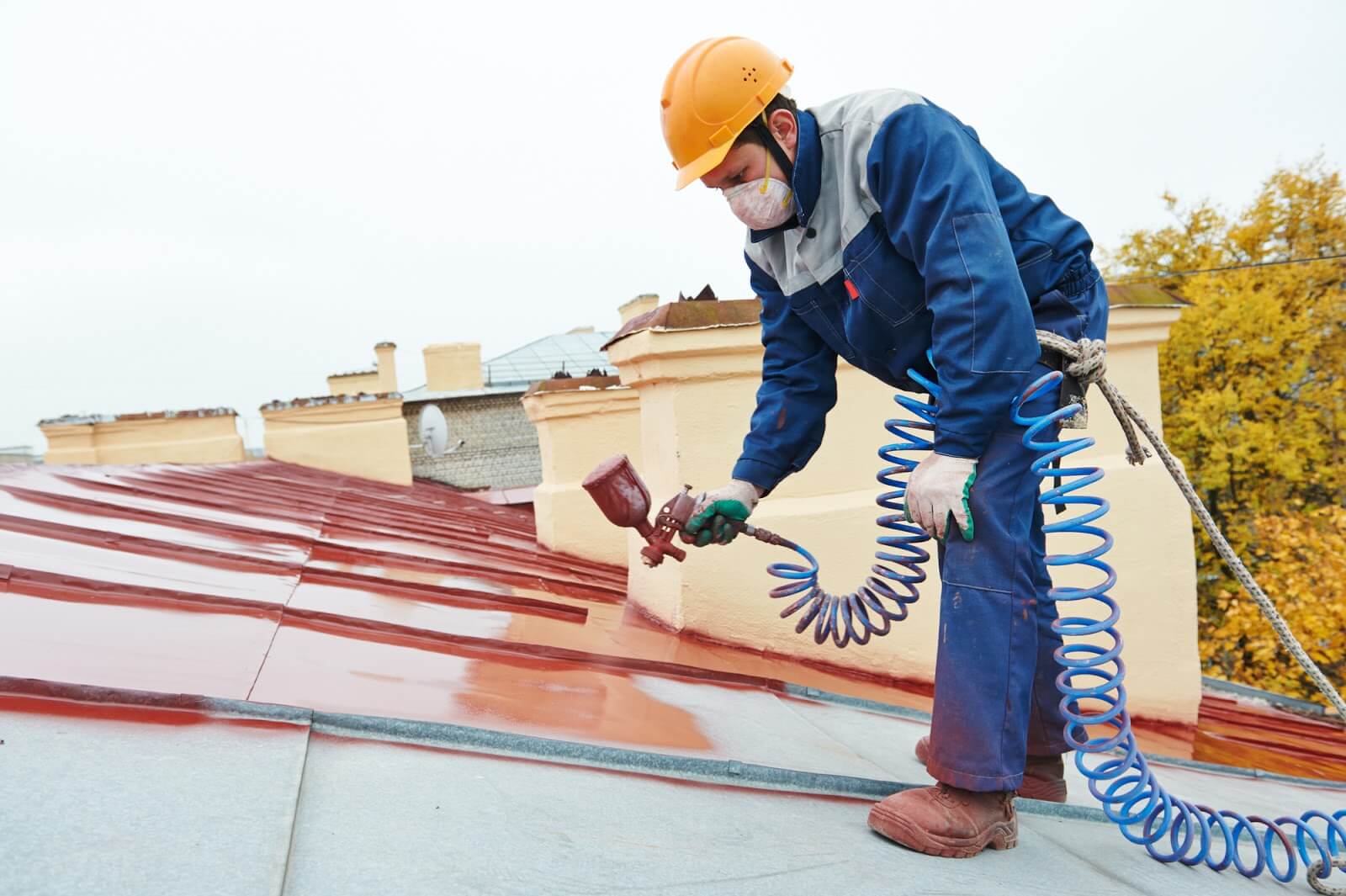
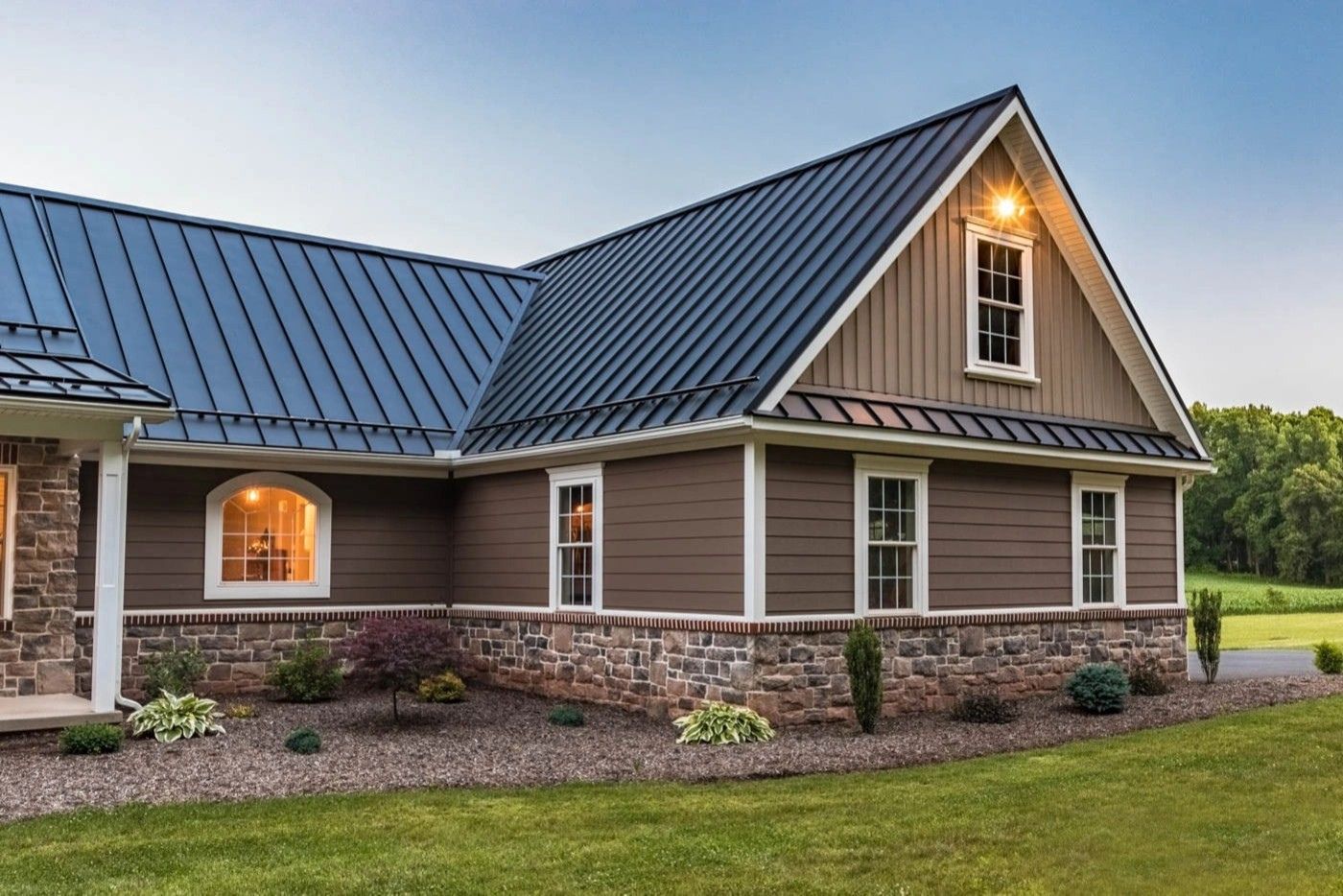
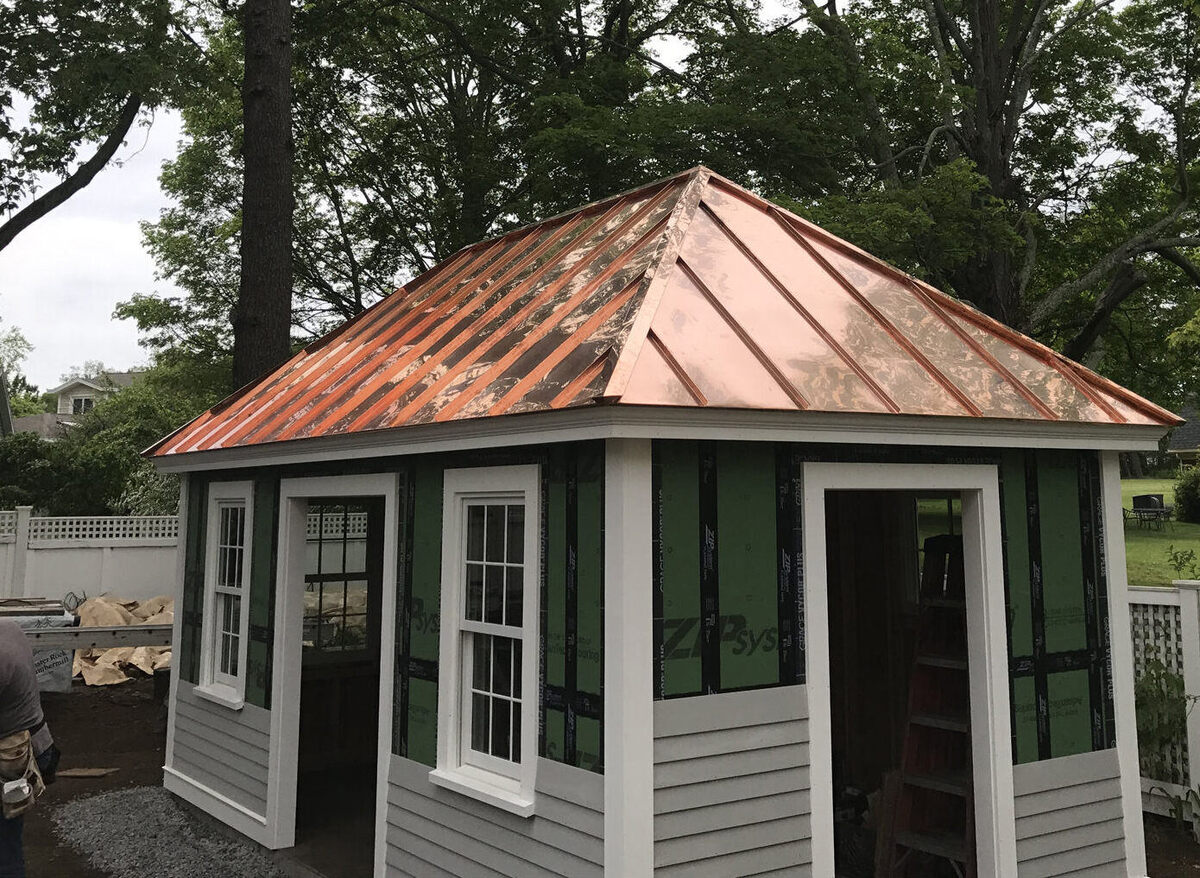
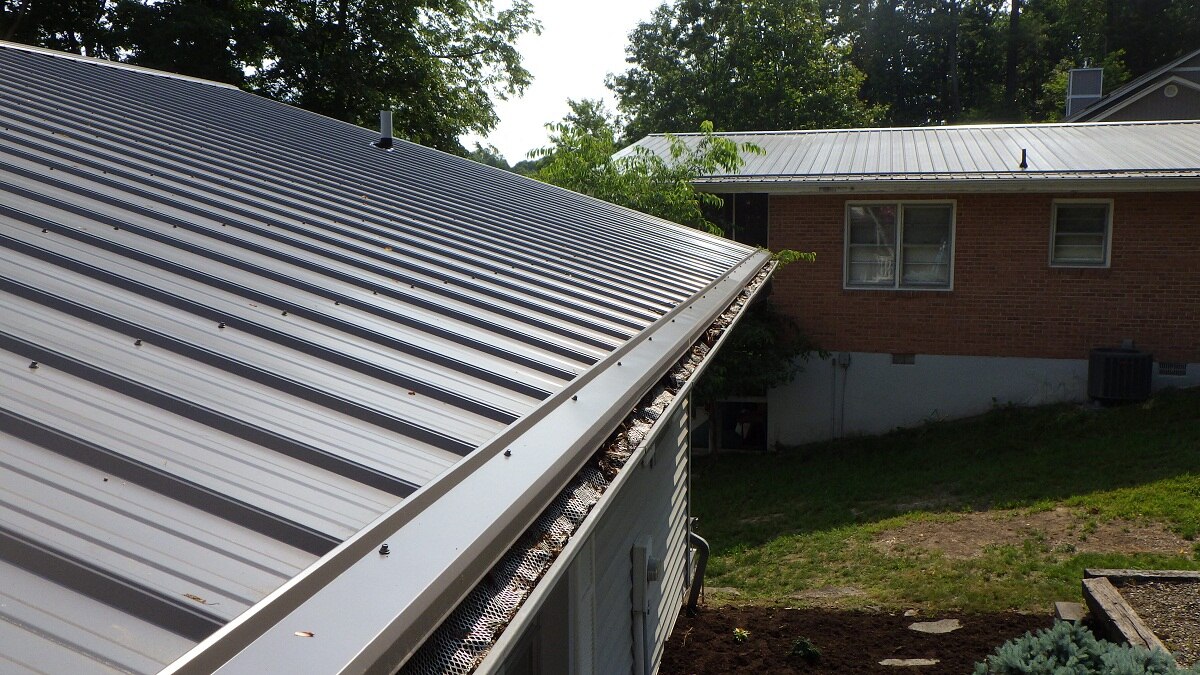

0 thoughts on “How To Seal Metal Roof”